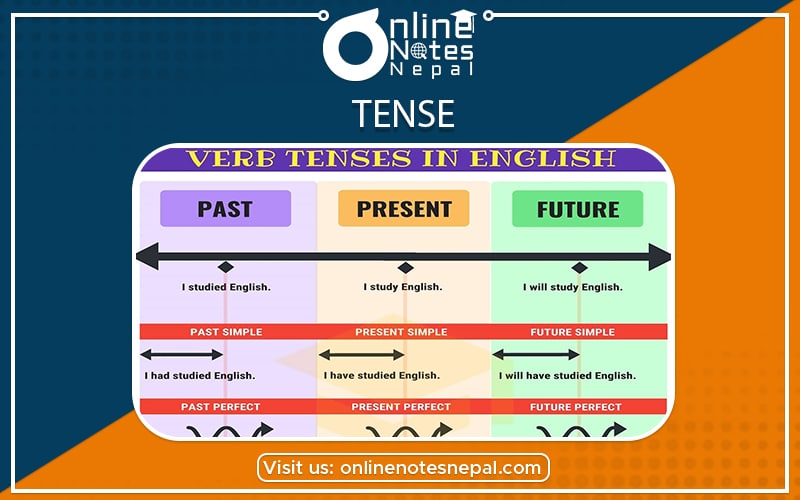Published by: Zaya
Published date: 06 Jul 2021

In grammar, tense is a category that expresses time reference with reference to the moment of speaking. Verbs come in three tenses.
The tenses of verbs indicate two different things about the action concerned.
|
|
Present |
Past |
Future |
|
Simple |
He runs. We run |
He ran. We ran. |
He will run. We shall run. |
|
Continuous |
He is running. We are running. |
He was running. We were running. |
He will be running. We shall be running. |
|
Perfect |
He has run. He had run. |
He had run. We had run. |
He will run. He shall have run. |
|
Perfect continuous |
He has been running. We have been running. |
He had been running. We had been running. |
He will have been running. We shall have been running. |
Structures:
Sub + is/am/are + v4 + obj
E.g. He is writing a letter.
Sub + id/am/are + not + v4 + obj
E.g. He is not writing a letter.
Is/am/are + sub + v4 + obj + ?
E.g. Is he writing a letter?
WH + is/am/are + sub + v4 + obj + ?
E.g. Why is he writing a letter?
Sub + is/am/are + v4 + obj
E.g. He is writing a poem.
Obj + is/am/are + being + v4 + by + sub
A poem is being written by him.
Uses:
We use present continuous tense to show:
E.g. What are you doing?
She’s reading in the garden.
For E.g. Whose account are you working on?
She’s studying hard for her final exam.
E.g. They are coming to stay with us in September.
I’m going to give an interview on May 20.
E.g. The children are growing fast.
The price of things is going up.
Structures:
Sub + has/have + v3 + obj
E.g. He has written a letter.
Sub + has not/have not + v3 + obj
E.g. He has not written a letter.
Has/have + sub + v3 + obj + ?
E.g. Has he written a letter?
WH + has/have + sub + v3 + obj + ?
E.g. Why has he written a letter?
Sub + has/have + v3 + obj
E.g. He is written a letter.
Obj + has/have + been + v3 + by + sub
A letter is been written by him.
Uses:
We use the present perfect tense to talk about:
E.g. Diya looks upset. Has she failed the exam?
I can’t pay the bus fare. I’ve lost my purse.
E.g. I have been to Pokhara.
I’ve never been to Dharan.